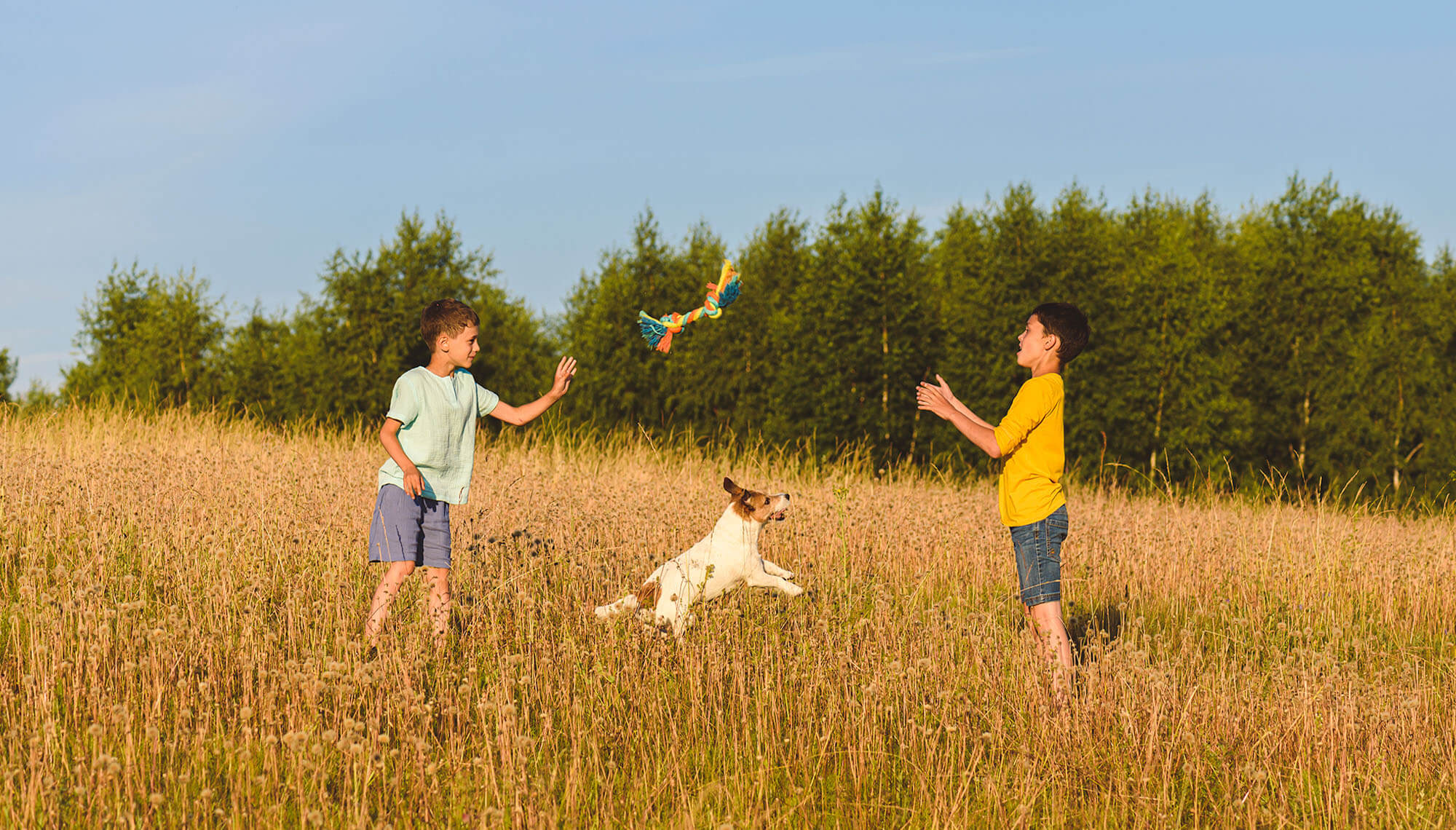Pet Product Safety & Risks

06 Oct 2020
Review of the pet product industry and considerations for manufacturers
If you have a furry, feathery, scaly, or slimy friend, you're no stranger to spoiling them with the latest gadgets, so it might not come as a surprise that the pet product industry is booming. According to the American Pet Products Association, American consumers spent over $95 billion[1] on pet products and services in 2019. Even though the pet product industry is a fertile environment for manufacturers, soaring demand may obscure what can initially appear to be a market ripe for entry.
As is the case with industries that experience rapid blossoming growth, regulations must react to innovations in the market. When legal requirements are not yet in place, generally one of two situations can manifest: manufacturers attempt to provide some validation by testing to a "similar" specification or – arguably worse – a product can go out to consumers without safety validation. When it comes to pet products, this can be problematic.
Consider the example of a manufacturer testing their pet product to the safety standard of a children's toy. While some testing is better than none, you might be asking yourself, "Well, isn't a dog significantly stronger than a young child?" And you'd be right! While many pet products might pass a children's toy safety standard, this does not necessarily mean that they are robust enough to withstand forces imposed by a canine. "Passing" that test could give manufacturers a false sense of security regarding their product.
In lieu of performing those tests, sometimes new and innovative pet products do not receive adequate testing, if any at all. As the industry trends more towards boutique, direct-to-consumer brands, manufacturers might not have the capability or experience to fully identify their products' potential hazards and evaluate the associated risk. As those brands grow and their products continue to penetrate the market, hidden hazards may eventually make themselves apparent – with potentially tragic results. Manufacturers, designers, and brand owners should be aware of the extreme biting, pulling, scratching, and chewing behaviors of pets to reduce potential hazards associated with their products.
Intertek's Product Assurance team helps brands identify hazards and evaluate risks above and beyond regulatory requirements, utilizing industry-leading expertise and a bespoke product evaluation process. When regulatory guidance is limited, Intertek helps to provide assurance for manufacturers, consumers, and our beloved pets. For more information about our service offerings, visit https://www.intertek.com/product-assurance/safety/.
[1]https://www.americanpetproducts.org/press_releasedetail.asp?id=205

Solomon David,
Project Manager, Safety Consulting, Product Assurance
Health, Environmental & Regulatory Services (HERS)
Today's expert blogger is Solomon David. Solomon, Project Manager, Safety Consulting, has been at Intertek for 5 years advising clients on the safety of consumer products by evaluating and identifying safety and regulatory requirements. He works closely with companies on continuously improving their safety processes. Solomon attended Purdue University where he received a B.S. in Engineering Management.